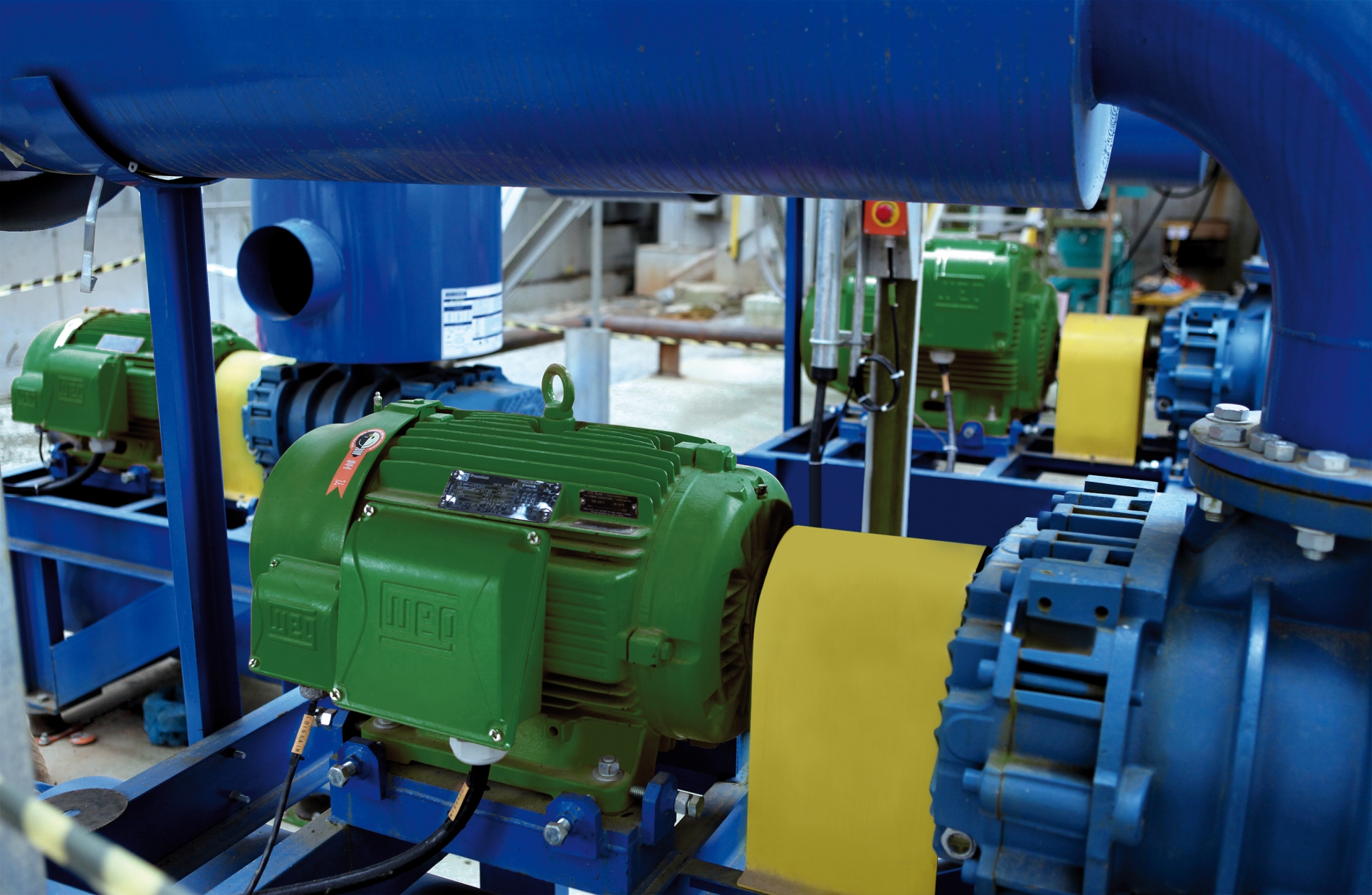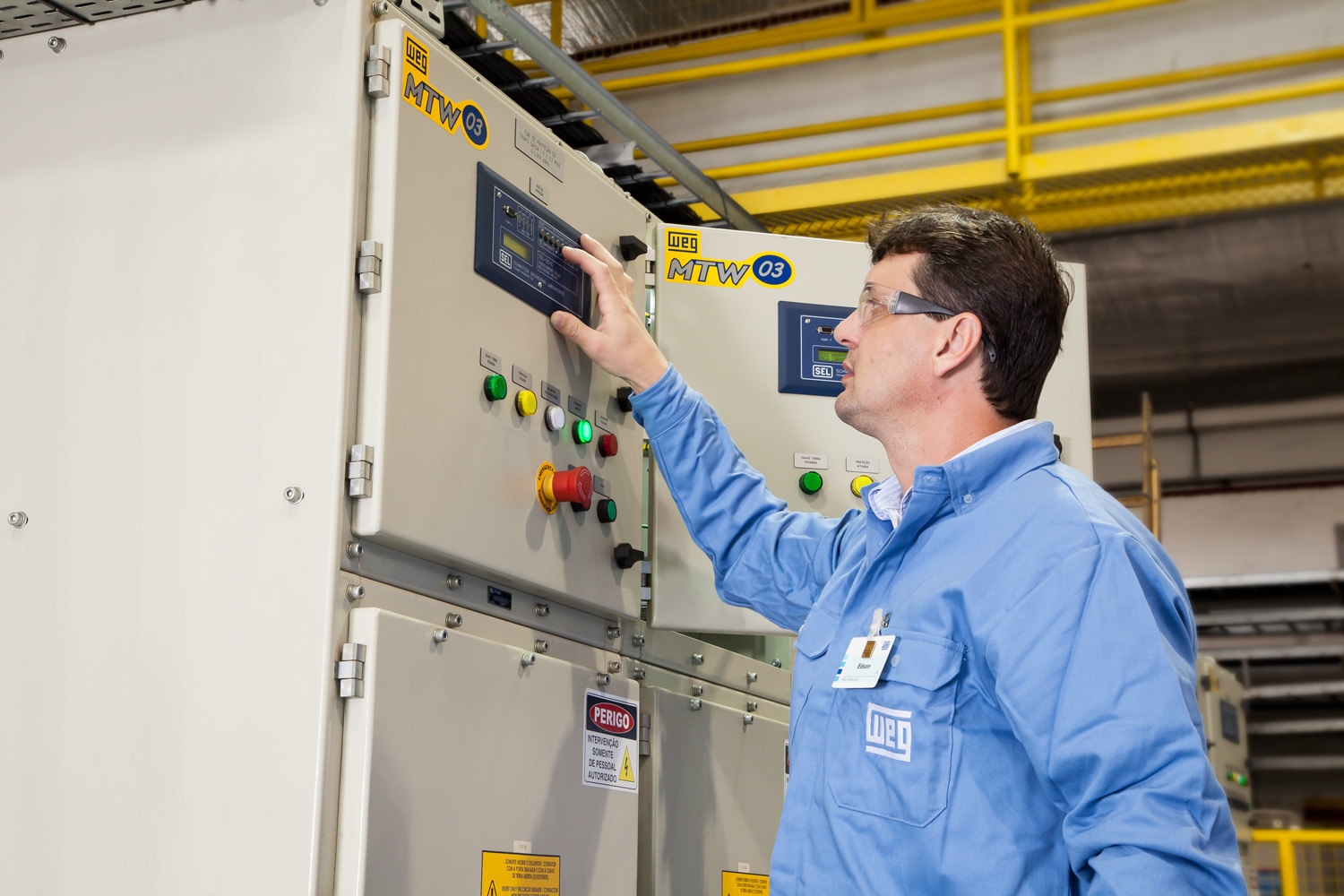
For OEMs designing automation systems, material handling equipment or heavy-duty compressors, understanding torque is essential. Choosing the right electric motor hinges on knowing how torque behaves—not just at startup, but throughout a motor’s operating life. In this blog, we’ll break down the three core torque types—starting, pull-up and breakdown—and explain their relevance in high-load OEM applications.
This is the torque generated when the motor starts from a complete stop. It’s critical in load-heavy systems like conveyors, where the motor must overcome static friction and initial resistance. If starting torque is too low, the motor might fail to start the load.
This refers to the lowest torque point as the motor accelerates to synchronous speed. During this phase, loads like screw compressors can cause speed dips. If the pull-up torque isn’t sufficient, the motor may stall before reaching full speed.
This is the maximum torque the motor can deliver without stalling while running. It's the motor’s upper limit during sudden load changes. In OEM settings where unpredictable loads are common, high breakdown torque ensures resilience.
Each industrial application presents a unique torque curve. Conveyors typically demand high starting torque and moderate breakdown torque, whereas compressors may need more robust pull-up torque to handle variable pressure loads. OEMs must assess these profiles early in the design phase to avoid performance mismatches.

Frequent starts or long acceleration periods can stress motors. Oversizing to handle torque surges might seem like a solution, but it can reduce energy efficiency and increase operational costs. Undersizing risks overheating and mechanical wear, leading to unplanned downtime.
Proper torque matching not only ensures smooth startups but also improves the motor’s lifecycle and reliability. Motors that consistently operate within their designed torque parameters experience less stress and longer service intervals.
Choosing a motor with the correct torque profile doesn't mean compromising on efficiency. Modern WEG motors, known for their high-efficiency designs, allow OEMs to maintain torque requirements while reducing energy consumption.
Variable frequency drives (VFDs) can further optimize torque delivery. By adjusting speed and torque in real time, VFDs improve both startup control and energy savings—making them ideal for OEMs integrating motors into automated systems.

For OEMs, torque isn’t just a technical spec—it’s a critical factor in motor performance, reliability and energy efficiency. Whether you're designing conveyor systems or industrial automation platforms, understanding torque characteristics ensures that your electric motors perform under pressure without draining your bottom line.
Explore VJ Pamensky (WEG Canada)’s range of electric motors and see how our solutions support high-torque, high-efficiency applications. For tailored motor solutions, contact VJ Pamensky today.